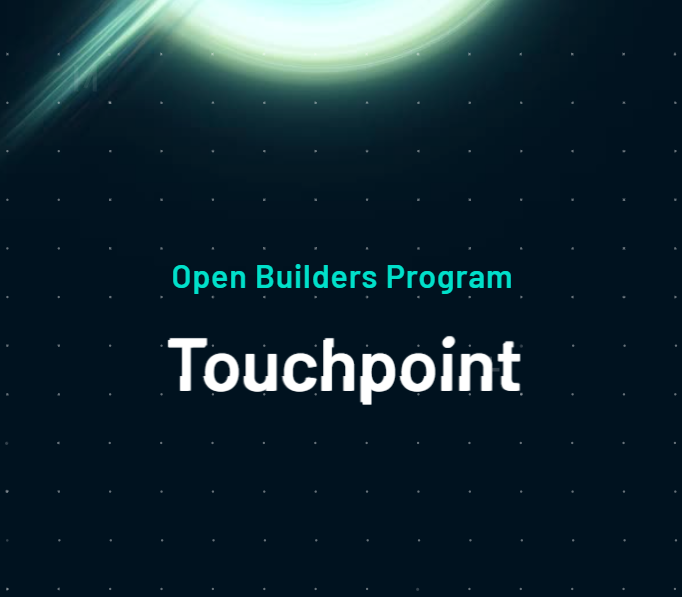
$SAITO brings true openness to the blockchain and fixes blockchain fallacies.
But what does this really mean?
A deep dive into #SAITO🧵(PT.2)
But what does this really mean?
A deep dive into #SAITO🧵(PT.2)

This is part 2 of an extensive in-depth view of SAITO.
In part one, I cover some of the fundamentals, of which I will also give a BRIEF overview here. Read and like Part 1 first!
For the rest, two will be a further extension on part 2
Link to part 1
In part one, I cover some of the fundamentals, of which I will also give a BRIEF overview here. Read and like Part 1 first!
For the rest, two will be a further extension on part 2
Link to part 1
https://twitter.com/yqboom/status/1585973798712406016
#Saito is the open network layer that lets users run blockchain apps in-browser w/o closed plugins, private APIs and non-open infrastructure
Saito operates with no owner and funds the nodes that provide user-facing infrastructure for its own network and other public blockchains.
Saito operates with no owner and funds the nodes that provide user-facing infrastructure for its own network and other public blockchains.
According to $SAITO the problem with blockchain scaling is not at the network technology layer but what limits network growth is the challenge
of paying for the network. 📌
of paying for the network. 📌
A common problem in blockchain is that it is reliant on some group of people. Whether these people are Volunteers, Miners, Businesses, Validators, or another collective action group.
SAITO solves this.
SAITO solves this.
Another problem with current blockchian solutions is the tragedy-of-the-commons issue is created by the existence of the permanent ledger, which encourages nodes to accept payment today for work that can be offloaded to others tomorrow.
In $BTC this problem is 'overcome' by totally overlooking this issue.
#SAITO overcomes this by requiring all nodes that add transactions to the blockchain to bear the cost of processing those transactions for as long as they remain on the blockchain.
#SAITO overcomes this by requiring all nodes that add transactions to the blockchain to bear the cost of processing those transactions for as long as they remain on the blockchain.
Saito fixes the collective action problems that impede scaling in proof-of-work and proof-of-stake blockchains by coupling a circular ledger to a consensus mechanism that incentivizes the
collection and sharing of transaction fees.
collection and sharing of transaction fees.
The resulting network pays not just for mining and
staking, but for all activities that contribute economic value to the network. In the process
Saito fully eliminates 51% attacks among other attacks.
staking, but for all activities that contribute economic value to the network. In the process
Saito fully eliminates 51% attacks among other attacks.
$SAITO opposes traditional POW chains in the way that $SAITO ensures that payments are proportional to work regardless of who produces blocks.
The cost-of-attack that a mechanism with this property creates is then leveraged into the cost of block production.
The cost-of-attack that a mechanism with this property creates is then leveraged into the cost of block production.
Here are some of the main benefits of the $SAITO chain. 📌
1 Saito applications run directly in the browser without closed plugins or private API providers.
2 Access-points means anyone can start a node, there is never a shortage of connection points.
1 Saito applications run directly in the browser without closed plugins or private API providers.
2 Access-points means anyone can start a node, there is never a shortage of connection points.
3 Saito pays for infrastructure that connects blockchains to users. The more applications run on Saito, the more infrastructure the network deploys. Evergrowing infrastructure.
4 Saito is a trust-free and decentralized open-source software stack
4 Saito is a trust-free and decentralized open-source software stack
5 No 51% attack
6 No reliance on any given group
7 No tragedy-of-the-commons issue
6 No reliance on any given group
7 No tragedy-of-the-commons issue
Saito’s design solves several long-standing problems of note. Hoarding attacks are minimized
because nodes that participate in transaction
routing maximize revenue by finding the most
efficient routing path into the network.
because nodes that participate in transaction
routing maximize revenue by finding the most
efficient routing path into the network.
$SAITO notes that the ”scalability trilemma” often championed as a fundamental law of blockchain does not exist in the Saito design.
There are many obvious configurations of the network in which redirecting fees from miners to routing nodes can simultaneously increase the throughput, decentralization and security of the network simultaneously.
$SAITO has been offered mutiple listing offers from significant exchanges.
Unfortunately, they involved invitations to give them non-trivial payments.
According to SAITO, there is a reason most exchange-listed tokens drop in price and SAITO wants to avoid playing that game.
Unfortunately, they involved invitations to give them non-trivial payments.
According to SAITO, there is a reason most exchange-listed tokens drop in price and SAITO wants to avoid playing that game.
They recently announced their introduction of on-chain token permanence which mean $SAITO will see an additional ~11mm early bird SAITO tokens enter circulation.
They state "We are otherwise reluctant to expand issuance without evidence that doing so will drive growth."
They state "We are otherwise reluctant to expand issuance without evidence that doing so will drive growth."
That's it for $SAITO for now.
Easily one of the most intricate and unique chains I have run into.
Cheers lads
Easily one of the most intricate and unique chains I have run into.
Cheers lads
• • •
Missing some Tweet in this thread? You can try to
force a refresh











